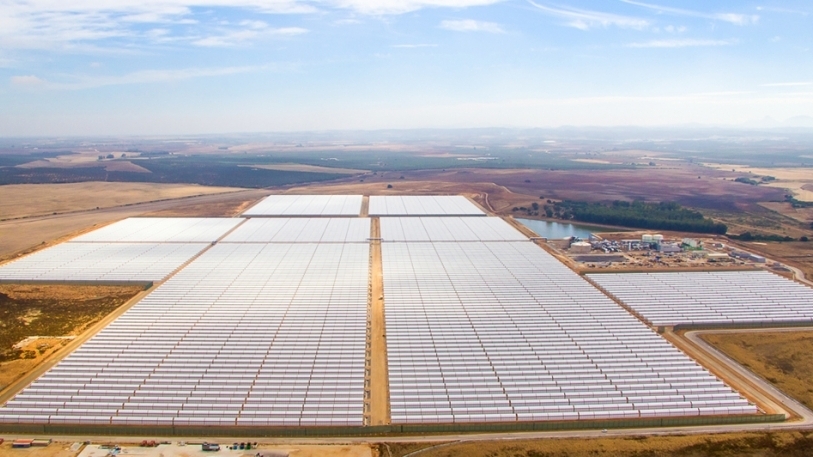IMP launches tool to map sustainability-related investor resources
The Impact Management Platform (IMP), a coalition of sustainability standards providers, has launched a tool that provides “a high-level visual for organisations, investors and financial institutions to manage their sustainability impacts”. The tool, “System Map”, provides information on resources ranging from metrics and indicators to standards and databases that investors use to assess their own climate-related progress. These resources are used by investors in disclosures, benchmarking and measurement of climate-related information. The resources are further categorised based on functional focus and target audience. Consequently, the tool can be tailored to the needs of different types of investors such as impact investors, insurance companies and development banks. According to IMP, the key benefit for investors is that the map can help investors “understand which resources are available to them, and how those resources interrelate”.



